The Allure of Keshi Pearls: Unveiling Nature's Unique Creations

Welcome to the captivating world of pearls, where history and nature's artistry intertwine.
For centuries, pearls have adorned human elegance, cherished for their timeless allure and cultural significance.
Pearls have symbolized luxury, wisdom, and romance across diverse cultures.
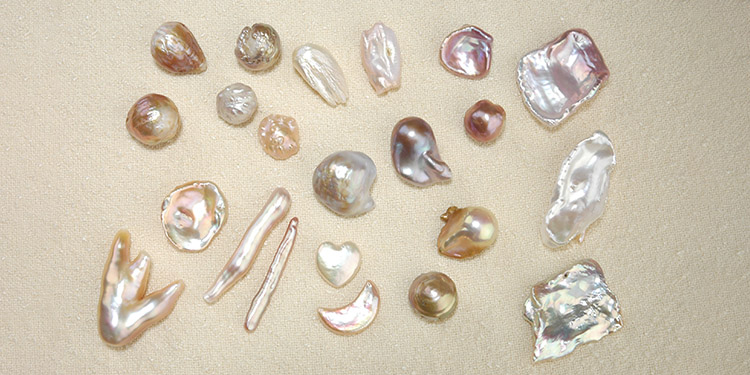
Amid this tapestry of pearl mystique, Keshi pearls stand as exceptional marvels.
Unlike their cultured counterparts, Keshi pearls are nature's untamed creations, formed by chance within mollusks.
This unveiling of Keshi pearls invites us to explore the unique, intricate, and utterly enchanting result of nature's divine craftsmanship.
Understanding Keshi Pearls
Keshi pearls emerge as nature's distinctive masterpieces.
These pearls, with their remarkable attributes, set them apart from both cultured and natural pearls.
Unlike conventional pearls, Keshi pearls are born accidentally.
They lack a nucleus – the core that typically initiates pearl formation.
This anomaly grants them a unique charm, characterized by exquisite lustre and irregular shapes.

The formation process of Keshi pearls commences when the mollusk rejects an implanted nucleus, causing it to create layers of nacre to alleviate irritation.
This results in the birth of these captivating pearls celebrated for their organic origins and individualistic forms.
Intriguingly, Keshi pearls defy the usual classifications of cultured or natural pearls.
Their rarity and distinctive formation elevate their allure in the world of jewellery.
Due to their formation, their scarcity amplifies their value, making them highly sought-after treasures for connoisseurs and collectors.
In an industry often dominated by uniformity, Keshi pearls shine as nature's intricate and captivating anomalies.
The Natural Beauty of Keshi Pearls
Varied Shapes, Sizes, and Colors
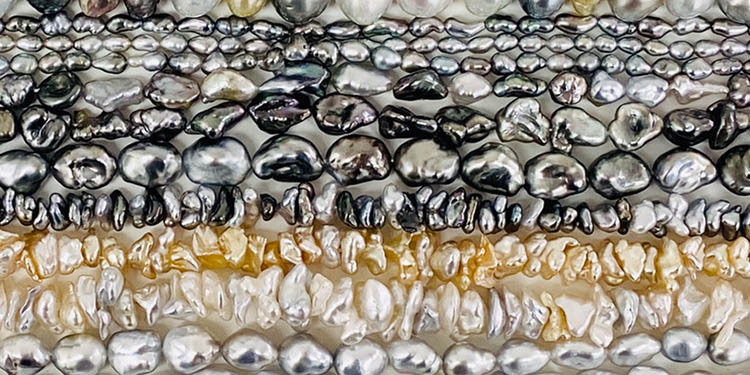
In the realm of pearls, Keshi pearls are remarkable exemplars of nature's creative ingenuity.
Unlike traditional pearls, Keshi pearls emerge in various intriguing shapes, sizes, and hues.
From delicate tear-drops to whimsically irregular forms, they celebrate the beauty of imperfection.
Their palette spans from elegant creams and soft pastels to deep, captivating shades, echoing the diversity of the environments that nurture them.
Luster and Iridescence: What Sets Keshi Pearls Apart
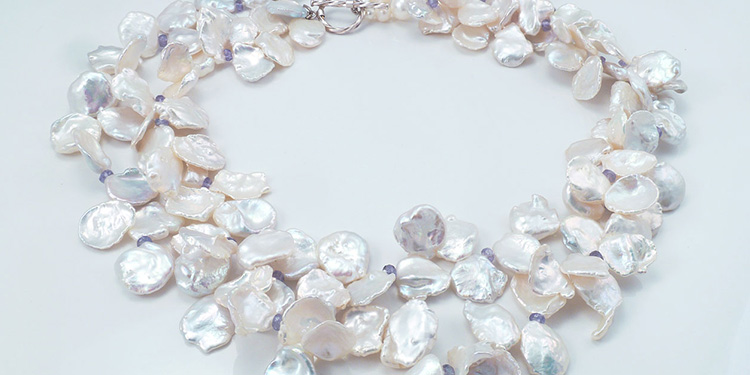
Keshi pearls are renowned for their unparalleled lustre and radiance, casting a spellbinding play of light that rivals even the most celebrated gems.
This mesmerising gleam is attributed to their unique composition - solid nacre, or mother-of-pearl, which forms their essence.
Unlike cultured pearls, Keshi pearls' lack of a nucleus allows them to develop a rich, glowing lustre over time, making them gleam with an otherworldly luminosity.
Comparing Keshi Pearls with Other Pearl Types in Terms of Aesthetics

When juxtaposed with cultured pearls, Keshi pearls present a distinctive allure.
While cultured pearls, carefully guided by human hands, exhibit a more uniform appearance, Keshi pearls reveal their irregular charm.
They encapsulate the essence of wild elegance, a testimony to nature's whimsical grace.
Regarding aesthetics, Keshi pearls embody a romantic, unrefined beauty that resonates with those who appreciate the raw authenticity of nature's creations.
Learn more>>Is a Keshi Pearl a Natural Pearl?
Cultural and Symbolic Significance of Keshi Pearls
Historical Adornments with Keshi Pearls

Throughout history, Keshi pearls have held a place of distinction in the realm of adornments.
From ancient civilisations to modern times, these natural wonders have graced the crowns of kings and queens, the necks of nobles, and the jewellery boxes of the discerning.
The historical use of Keshi pearls in exquisite jewellery attests to their timeless elegance and enduring appeal.
Multifaceted Cultural Meanings
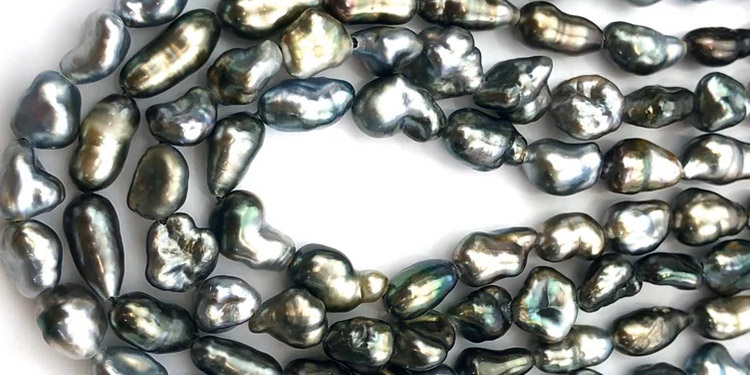
Across diverse societies, Keshi pearls have woven a rich tapestry of cultural and symbolic meanings.
In Japanese tradition, these pearls are revered as purity and spiritual transformation symbols.
Their formation, born from an accidental intrusion, mirrors the growth through adversity that leads to wisdom.
In Chinese culture, Keshi pearls are associated with prosperity and fortune, embodying the idea of hidden treasures waiting to be discovered.
Similarly, these pearls represent the human soul's journey towards enlightenment in Hindu lore.
Purity, Wisdom, and Transformation
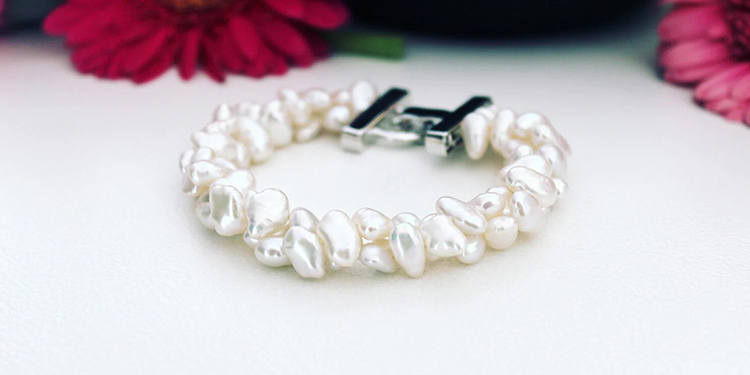
Their embodiment of profound virtues lies at the core of Keshi pearls' symbolism.
Their connection to purity stems from their pristine lustre and their origin within the mollusk, much like wisdom emerging from life's challenges.
The journey of a Keshi pearl, from an unforeseen irritant to a magnificent creation, mirrors the transformative power of perseverance and resilience.
As these pearls gracefully emerge from the heart of the oyster, they remind us that beauty and enlightenment often arise from the depths of struggle.
Keshi Pearls in Contemporary Jewelry
In contemporary jewelry, Keshi pearls have sparked a wave of innovation, redefining elegance with their ethereal charm.
These pearls, coveted for their organic shapes and shimmering iridescence, have found their way into avant-garde designs that defy convention.
Jewellery artists, drawn by the allure of Keshi pearls, have seamlessly woven them into minimalist necklaces, cascading earrings, and intricate bracelets, infusing a touch of nature's irregularity into modern aesthetics.
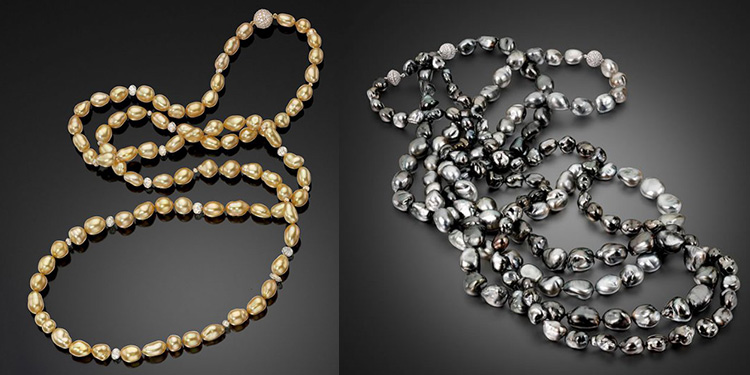
The ascent of Keshi pearls in popular culture has been further propelled by celebrity endorsements and their radiant appearances on red carpets.
Renowned figures donning Keshi pearl-adorned creations have ignited fresh interest in these treasures from the deep.
Designers and jewelers have ingeniously blended Keshi pearls with precious metals and gemstones, melding tradition with innovation.
From vintage-inspired brooches to contemporary engagement rings, Keshi pearls have showcased their versatility, a testament to their enduring appeal in classic and contemporary jewelry pieces.
Sustainability and Ethics
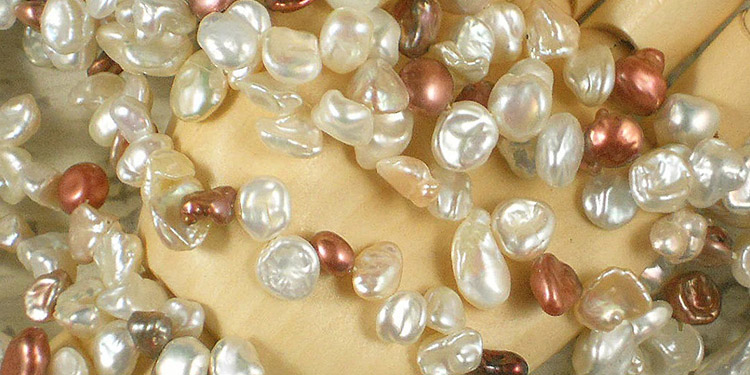
Delving into the realm of pearl harvesting unveils a complex tapestry of ethical considerations.
The allure of Keshi pearls, born from chance rather than human intervention, raises intriguing questions about the ecological implications of their procurement.
Unlike their cultured counterparts, Keshi pearls require no seeding, sparing mollusks from invasive procedures.
This juxtaposition underscores the environmental impact: Keshi pearl farming generally exerts a gentler footprint than traditional pearl cultivation, contributing to marine ecosystem preservation.
As sustainable practices gain momentum, pearl farmers increasingly embrace eco-conscious approaches.
By prioritising responsible cultivation methods, including reduced chemical usage and habitat preservation, the availability of Keshi pearls may be positively influenced.
Embracing sustainability safeguards delicate aquatic ecosystems and ensures the continued existence of these enchanting natural gems.
The tale of Keshi pearls echoes the evolving narrative of ethical consumption, intertwining human desires with a conscientious commitment to the planet's well-being.
Conclusion
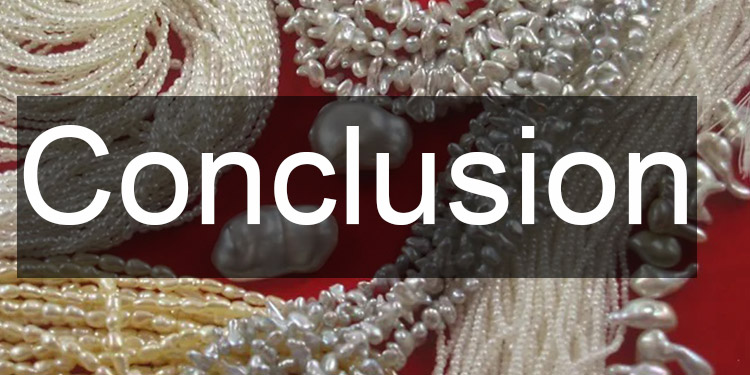
In conclusion, Keshi pearls are nature's enchanting anomalies, defying conventions with their unique allure.
Their organic origin, varied shapes, and mesmerising lustre set them apart, embodying tradition and innovation in contemporary jewellery.
From historical symbolism to modern aesthetics, their journey through time captivates hearts and minds.
As we navigate the intricate interplay of ethics and sustainability, Keshi pearls emerge as a beacon of responsible luxury, honouring the delicate balance of our oceans.
Let us embrace their raw authenticity and delicate beauty, encouraging exploration and appreciation of these remarkable gems that reflect the very essence of nature's artistry.
FAQs About Keshi Pearls
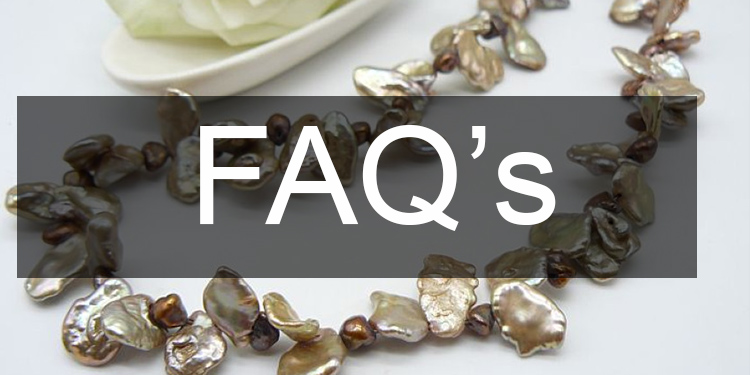
What exactly are Keshi pearls?
Keshi pearls are unique and irregularly shaped pearls that naturally form a byproduct of pearl cultivation.
Unlike traditional pearls, they are composed entirely of nacre and lack a nucleus.
How do Keshi pearls form naturally?
Keshi pearls are formed when an oyster rejects the implanted nucleus during the pearl cultivation process.
This rejection leads to pearl sacs filled with nacre, resulting in the creation of Keshi pearls.
Are Keshi pearls more valuable than traditional pearls?
Keshi pearls are often considered valuable due to their rarity, luminous luster, and unique shapes.
Their value can rival or even exceed that of some traditional cultured pearls.
Can Keshi pearls be cultured or farmed?
Keshi pearls can occur naturally in both wild and cultured oysters.
While they're not intentionally cultured, they can be found in pearl farms alongside cultured pearls.
What jewelry styles are best suited for Keshi pearls?
Keshi pearls' irregular shapes and radiant luster make them ideal for artistic and creative jewelry designs.
They work well in necklaces, earrings, bracelets, and avant-garde pieces.


Leave a Comment